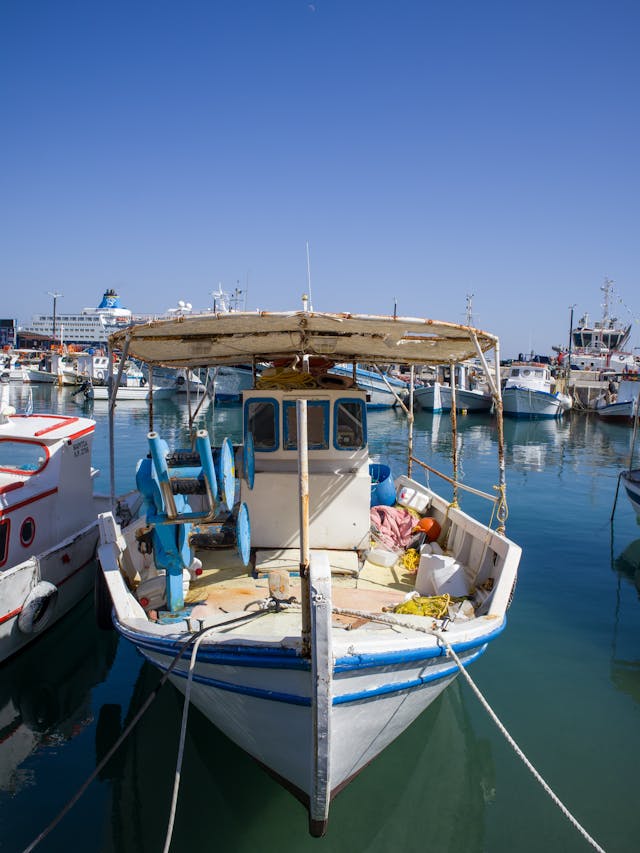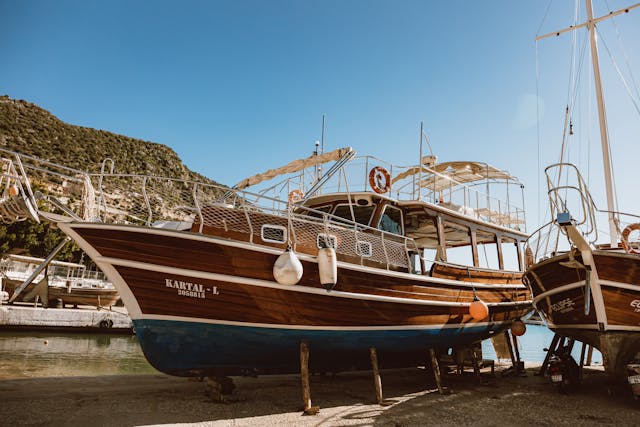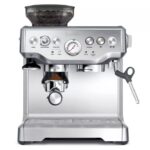Regarding boats, a safe and pleasant journey is quite vital. The boat pump is one very important element in this that is absolutely necessary. Having the correct pump makes all the difference whether you’re negotiating calm waters or challenging stormy seas. It’s more than just going from point A to point B; it’s about enjoying your time on the sea free from concern about unwelcome shocks.
Given Australia’s abundance of choices, knowing boat pumps can be overwhelming. Still, armed with some fundamental knowledge, you will be more suited to select one that exactly meets your requirements. Explore everything you need to know about boat pumps—from their varieties and purposes to crucial safety advice for use—by diving into this book. Let’s start this adventure together.
Various Boat Pumps: Their purposes
Knowing the several kinds of boat pumps in Australia helps you to enjoy your watercraft.
Eliminating unwelcome water from the hull depends on bilge pumps. They guarantee stability on the sea and guard against sinking of your ship.
The raw water pump then provides engines with cooling water. Performance and lifetime depend on a cool engine.
Livewell pumps, for individuals who enjoy fishing or leisure activities, keep bait alive by constantly running fresh water in bait tanks. This guarantees vibrant bait just when you need it.
Before safely pumping them out, macerator pumps break down waste products in onboard bathrooms. Comfort on lengthy travel depends on keeping sanitation aboard.
Every kind of pump has a different function in guaranteeing efficiency and safety while you’re out traversing Australia’s stunning coastlines.

Considerations to Guide Boat Pump Selection
Selecting the appropriate boat pump calls for many important factors. Consider first the size and type of your vessel. Different boats need different sized pumps.
Then give the pump’s flow rate some thought. Effective water removal or circulation depends on this as well. In situations, including bilge pumping, faster action results from a larger flow rate.
Moreover, material quality counts. Seek for choices resistant to corrosion to survive in demanding sea conditions. Durable materials help your pump last for more years.
Another consideration is the power source; electric pumps are user-friendly but guarantee consistent battery life on board. A great backup in an emergency is a manual pump.
Not discount simplicity of use and maintenance. When out on the water, easy designs save time and effort. Make sure you can readily reach necessary components for servicing.

Safety Advice on Boat Pump Use
Safety should always be the first concern while utilizing boat pumps. Make sure you understand the particular features and directions of every pump before running it. Carefully go over the user handbook; it contains essential information for safe use.
Always don the suitable personal protective equipment (PPE). This covers gloves and eye protection to shield against trash or water sprays. Should your pump run on electricity, verify that all connections are dry and tight before usage. Prevention of mishaps depends critically on keeping electrical components away from water.
As you pump water, keep a close eye on the surroundings for your boat. See other boats around and stay away from congested areas where you could become easily distracted. On board, it’s crucial to keep open lines of contact with others regarding the jobs you are doing.
Frequent inspections help you avoid unplanned marine breakdowns. Regularly check hoses for leaks or damage; even little tears can cause major issues down road. Keep replacement parts close as well so that fast repairs avoid long delays throughout your travel.
Use manufacturer recommendations to guide your regular maintenance on your pump. Not only does a well-kept pump improve general safety while you’re out enjoying Australia’s waterways, but it also performs better.
These ideas will help you to boldly negotiate the vast seas as well as the nuances of boat pumps.

















Leave a comment